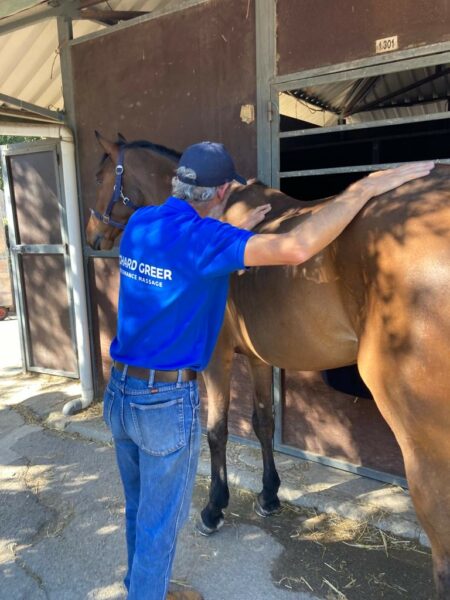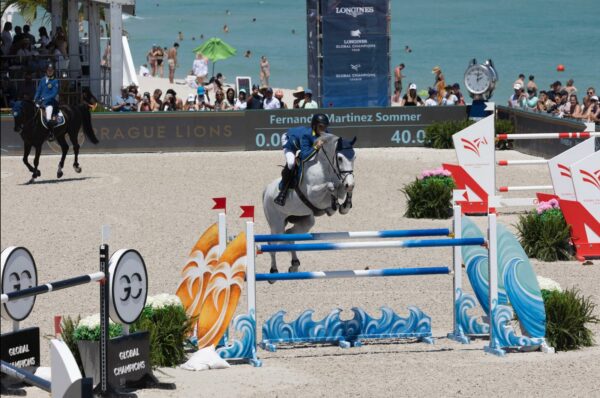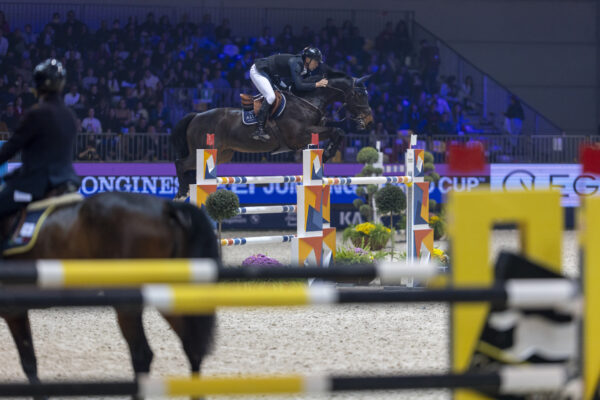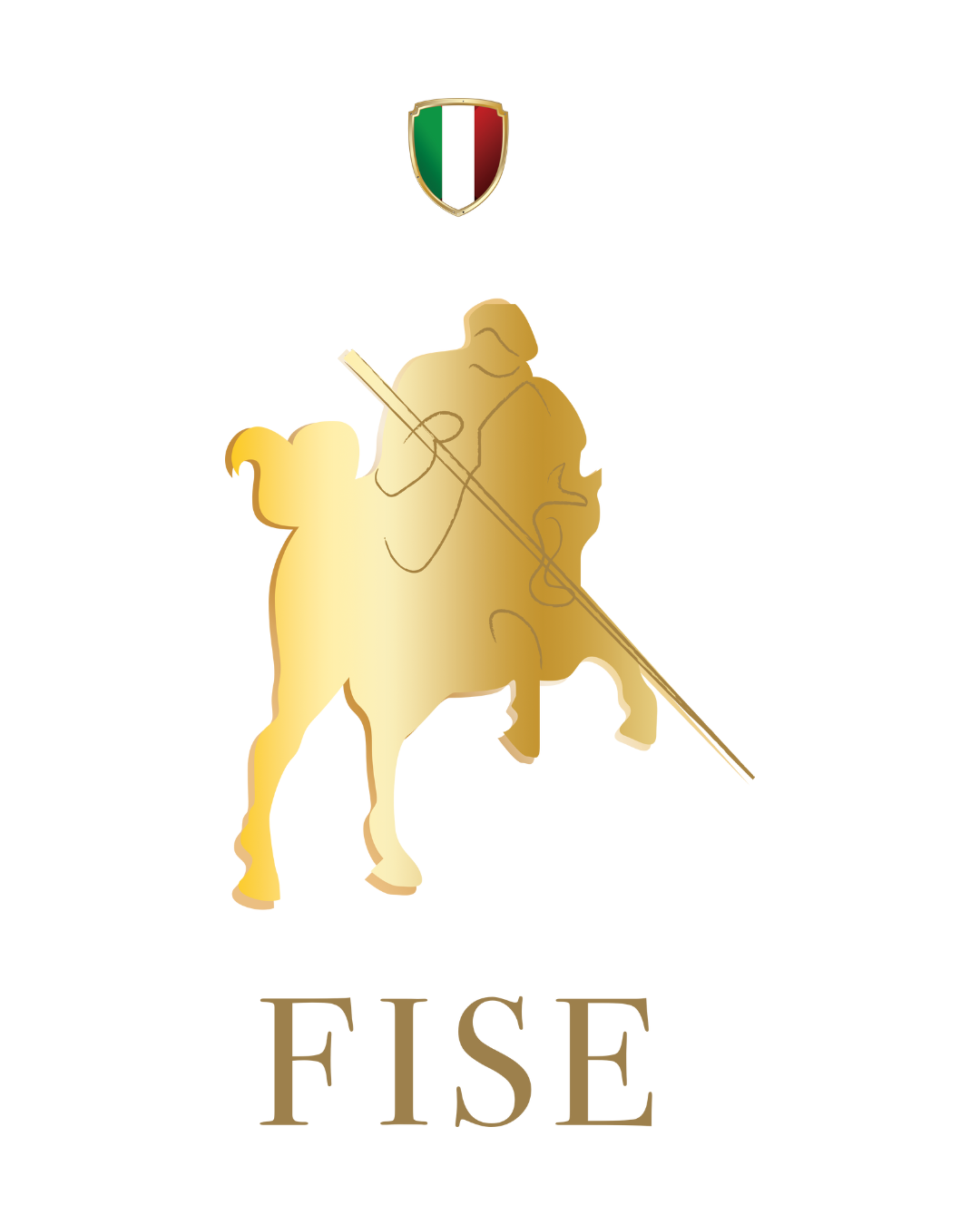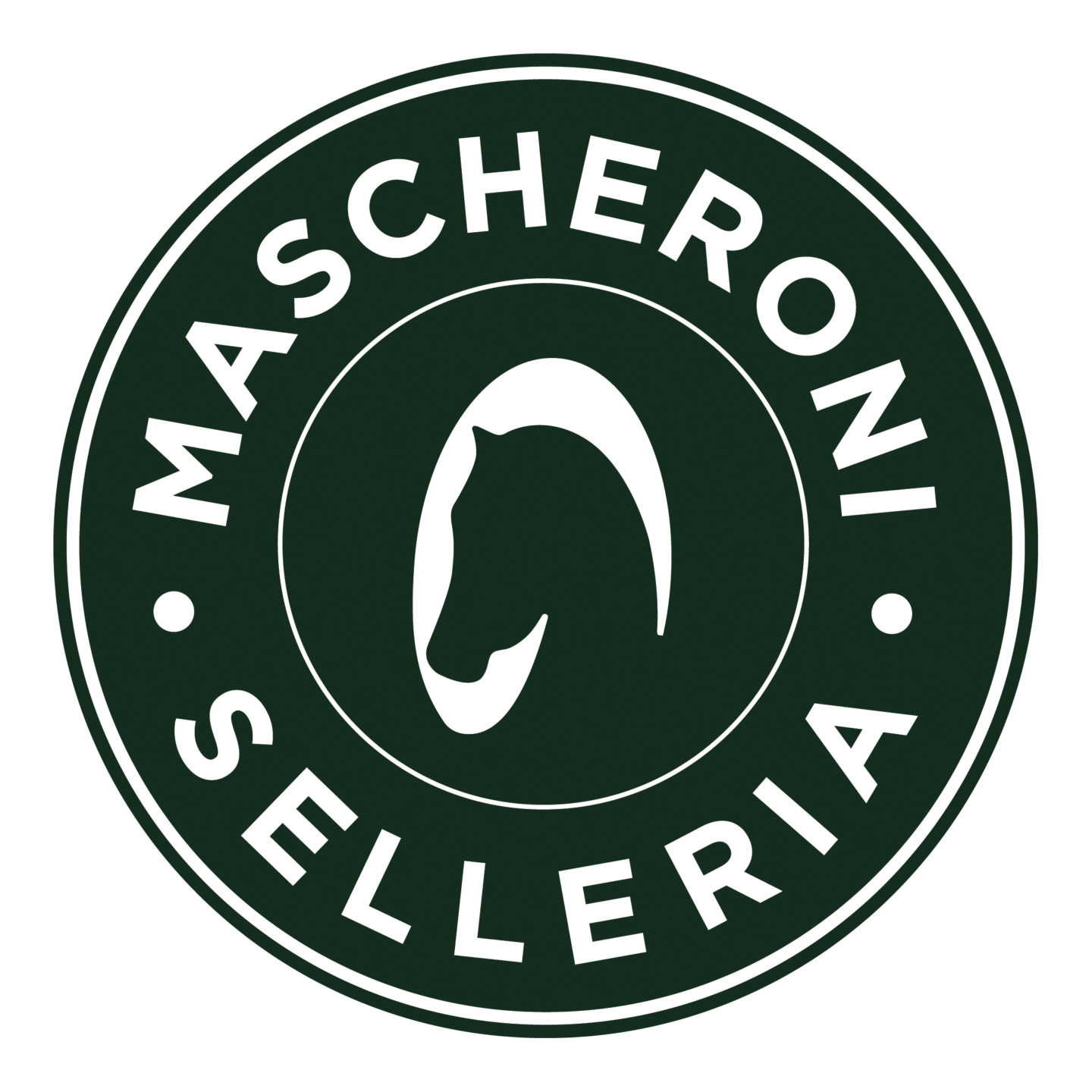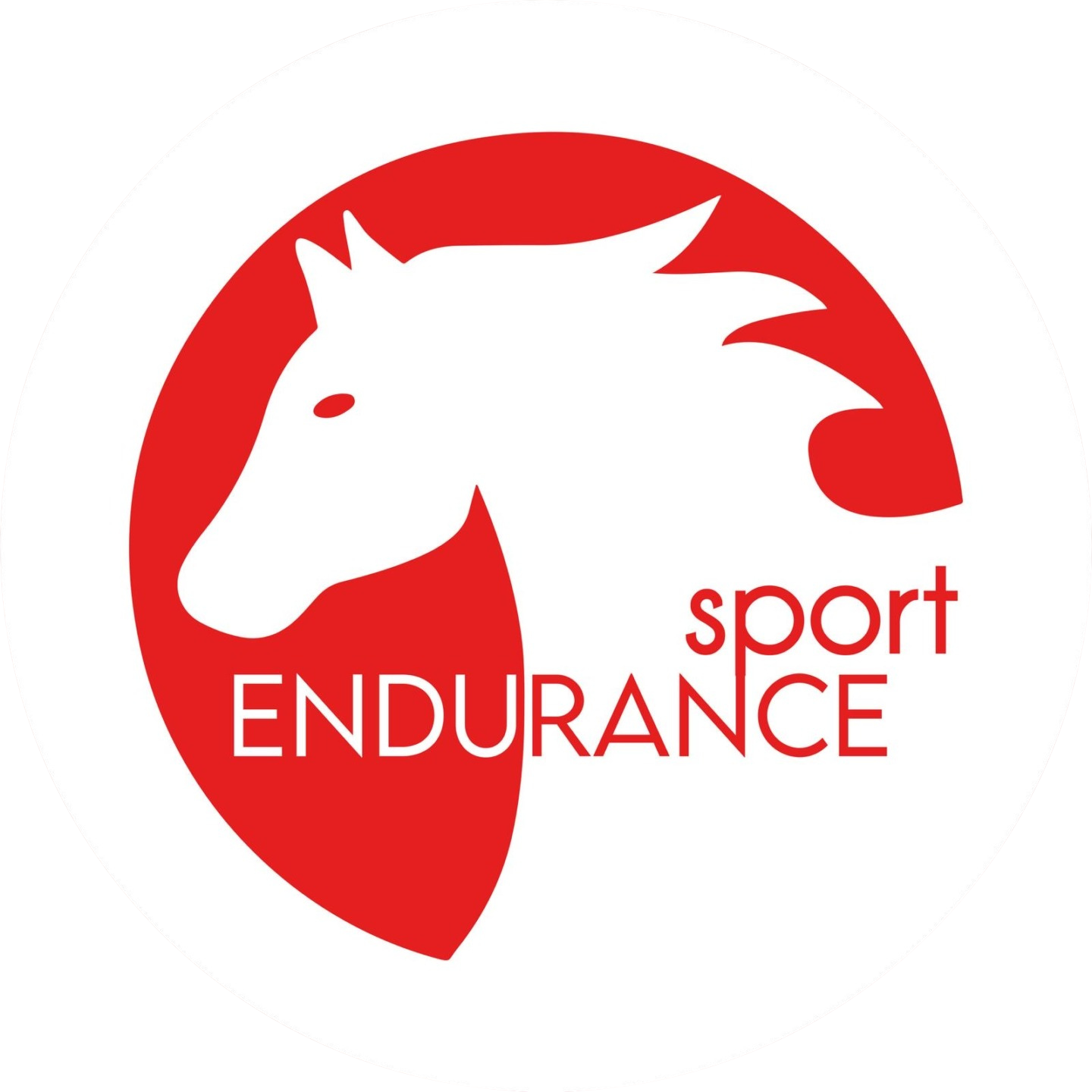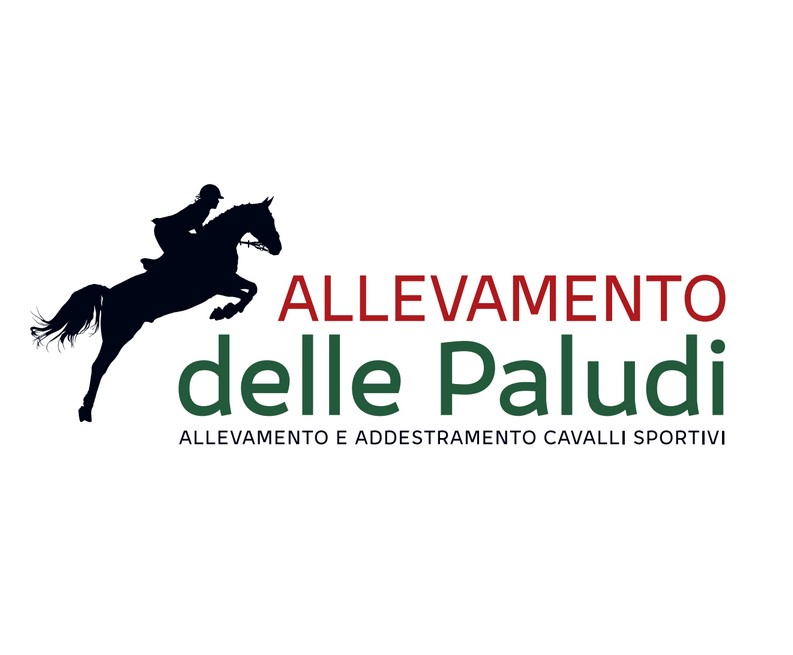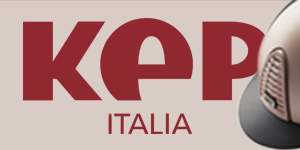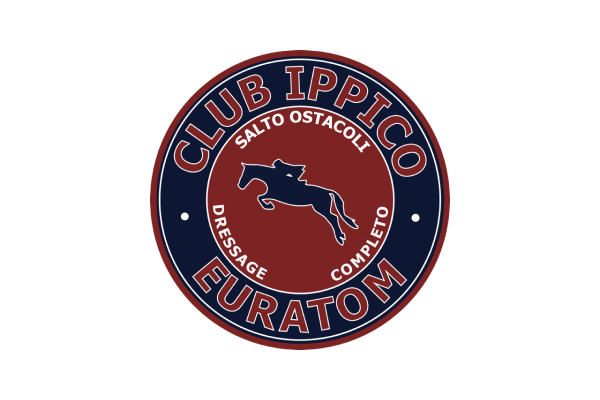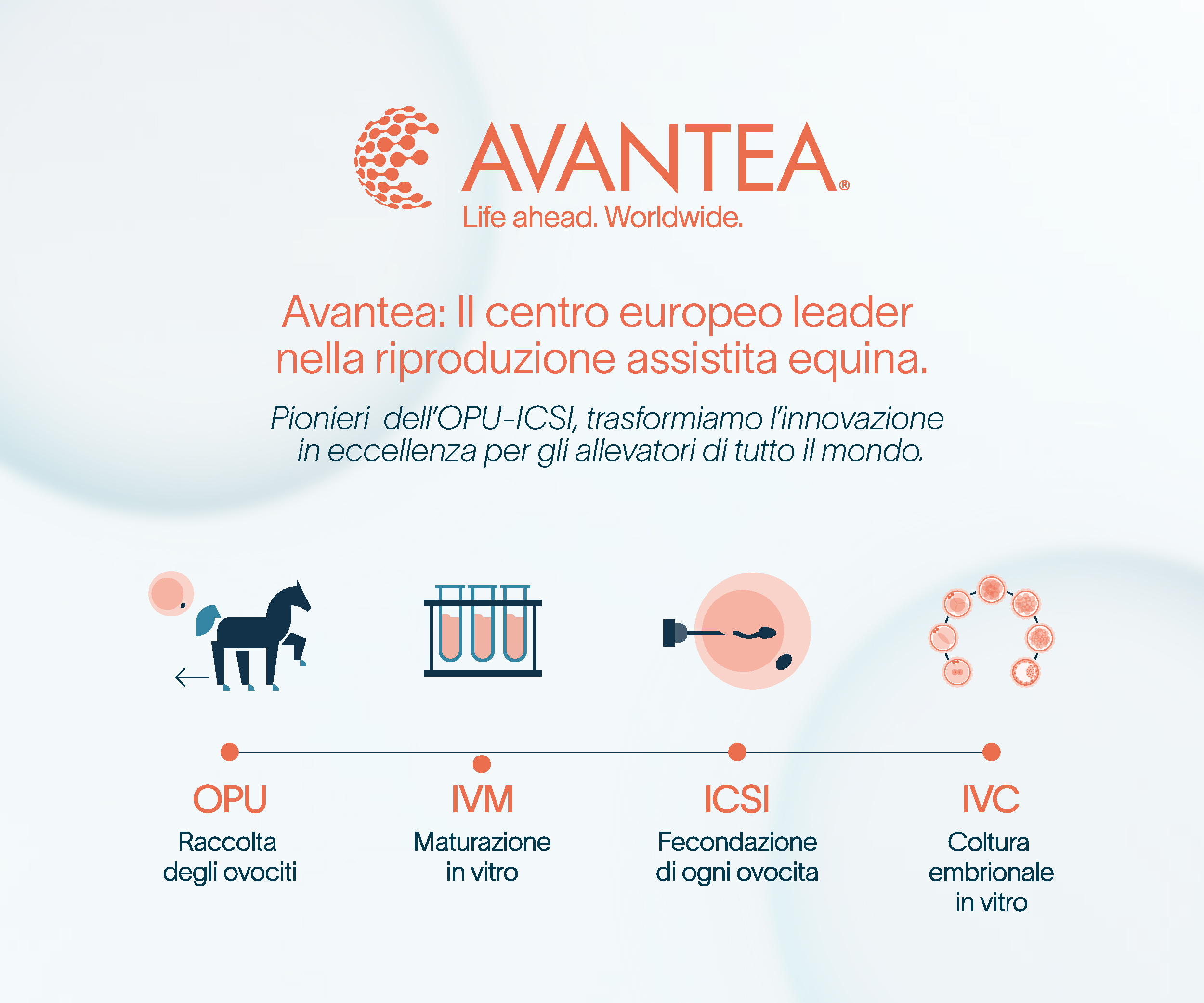
The Secret to a Happy Horse: Correct Saddle Fitting with Daniela Treiber from Made To Fit
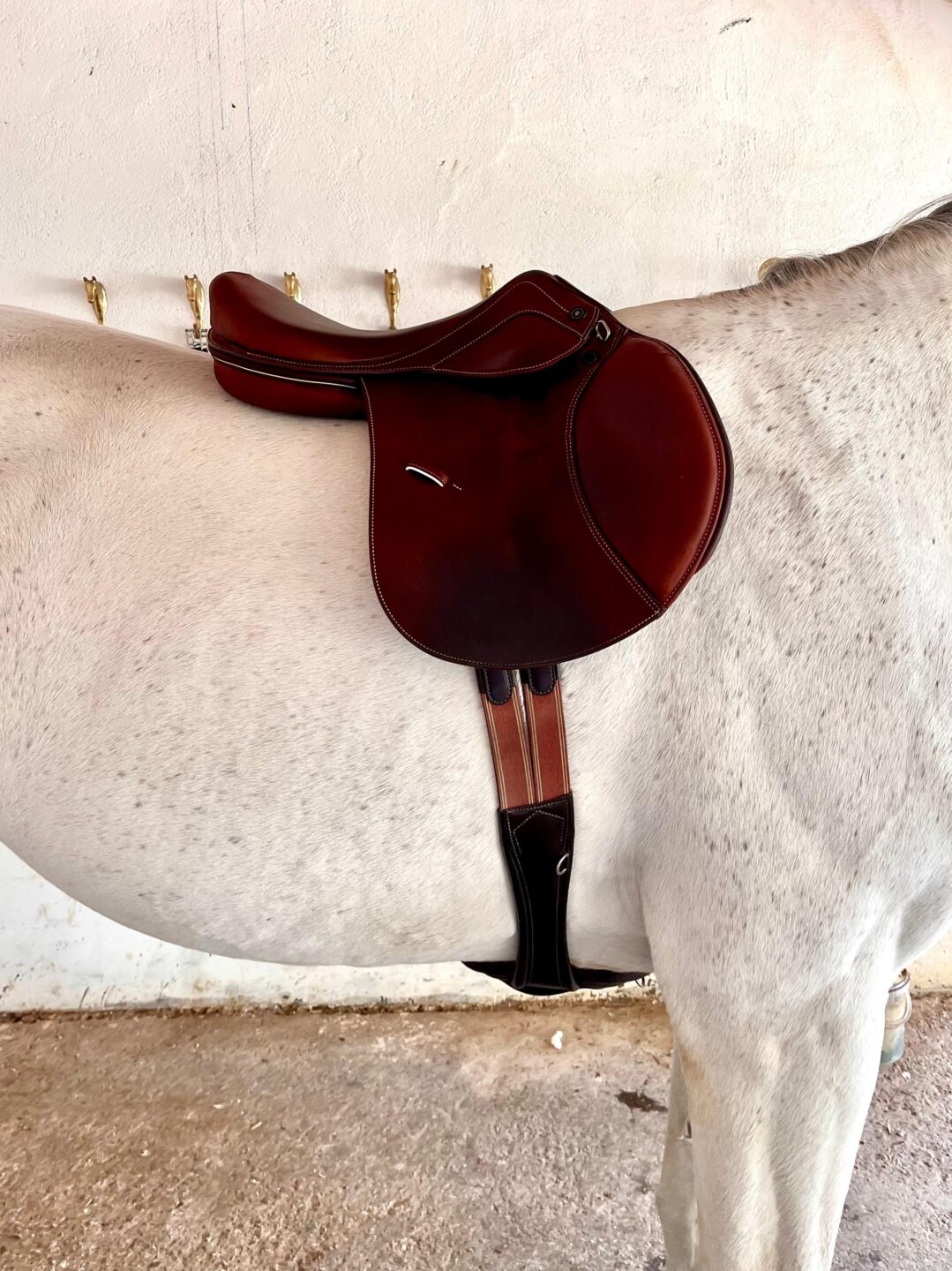
Finding True Balance within correct saddle fitting.
The rider will be balanced on his horse, which goes beyond just sitting upright on the horse. Balance is the ability to move with his horse, without having to struggle in order to maintain a natural position; having a pliable seat and a relaxed fluid body that moves effortlessly with the horse. The horse will look comfortable while working, without having freedom of movement and willingness to move forward at all times and perform.
Three Basic Checks for a Good Saddle Fit
• Wither clearance when mounted
• Even sweat marks after riding
• The saddle stays stable without slipping, or moving up and down, or shifting at the cantle.
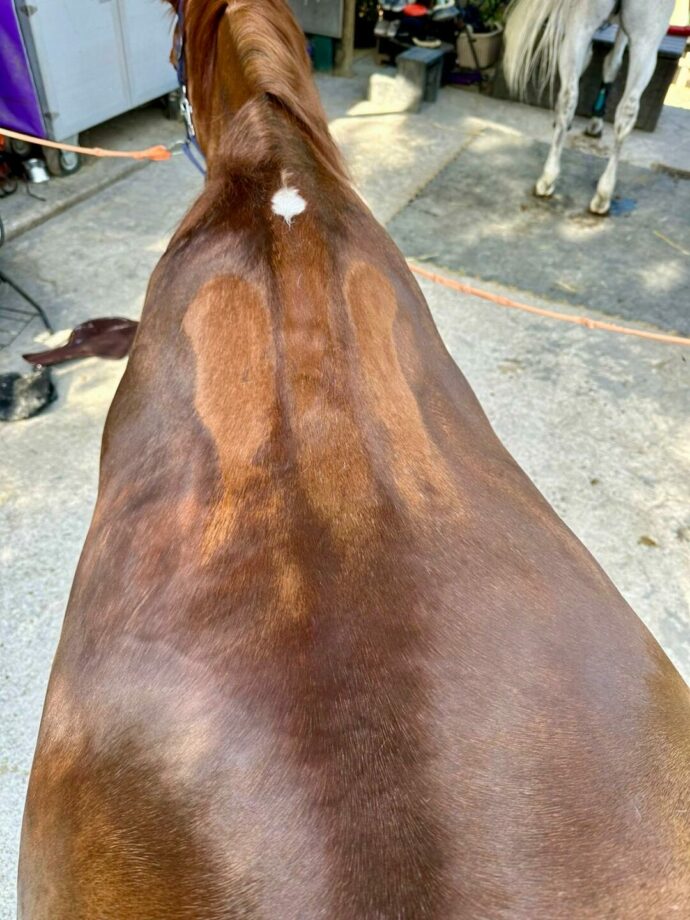
Signs of an Ill-Fitted Saddle
The most common signs of an ill-fitted saddle is while tacking up. Tacking up a horse should be boring. If your horse stiffens, moves away, hollows the back when you put the saddle on, that’s the first sign something is wrong. Too often these signs get ignored or labelled as “difficult personality”, when in reality the horse is simply telling us something isn’t right. A badly fitted saddle can also have effects while the horse is being ridden. When he refuses to move forward willingly, takes a long time to warm up every day, is stiff, has trouble bending, bucks persistently, it can affect his gaits, or his way of jumping and even bring him to refuse in extreme cases. For the rider an ill-suited saddle will cause pain, tension, discomfort, a heavy seat and can lead to back pain for the rider and horse.
Saddle Checks and Adjustments
A saddle should be checked every 6 months to a year. More often than not with young horses and horses who have started with a poor top line. This does not mean one has to change the saddle every six months, but to assess if it is still balanced on the horse, is not creating any pressure points if the horse has developed muscle, in which case the tree can be widened, or if it needs reflocking. That is why it is good to choose saddles that have the options to evolve with the horse: interchangeable gullets, widening of the pommel or tree, wool panels instead of latex.
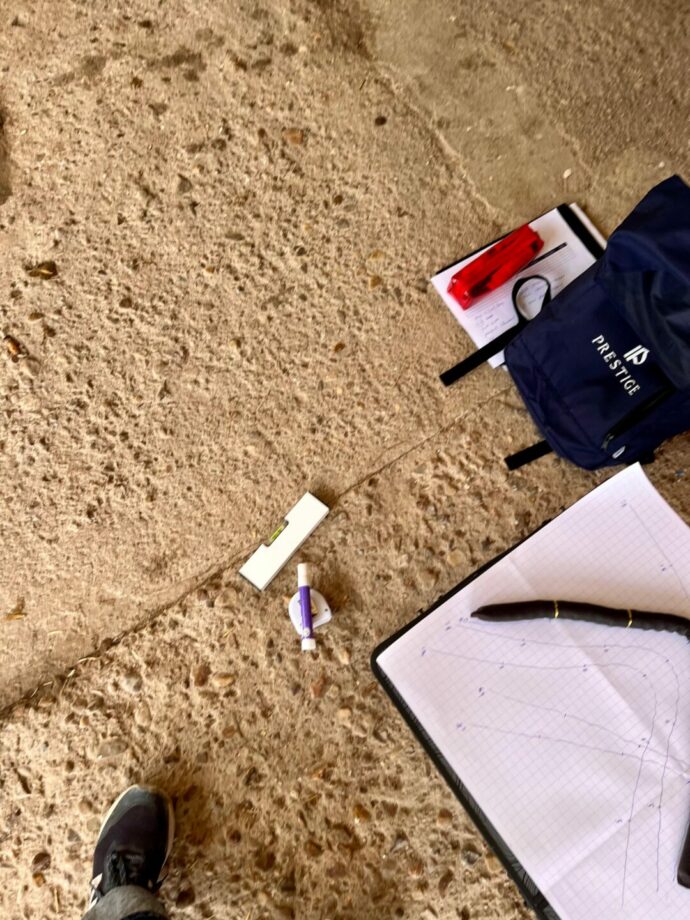
Half Pads and Their Role
In an ideal world we should not need a half pad if the saddle fits the horse and the rider and if the horse has sufficient muscles in his back to support the saddle and the rider. Most pads are mainly decoration and fashion and not adequate, and create more pressure especially around the withers — for example, the big woolly pads. However, in some cases it can be a tool to help rebuild the foundation of a horse’s top line, when he cannot support the saddle alone for lack of muscle.
Half Pad Checklist
• Ideally the half pad should match the gullet channel of the saddle.
• No material crowding the pommel, putting pressure where there should not be any.
• Fleece and felt shim pockets give flexibility to adapt. A half pad does not compensate for a well-fitted saddle.
Consequences of Poor Saddle Fitting
Poor saddle fitting causes physical pain and restriction through pressure points, which translates into behavioural issues like resistance, girthiness and even in some cases aggression. And it can lead to affect the horse’s performance, through stiffness, uneven gaits, reluctance to work and general poor performance. In a lot of cases horses misbehave, not because they are naughty or lazy, but to signal discomfort: ear pinning, tail swishing, kicking, running away, bucking can be direct responses to bad saddle fitting. Horses are not resilient to pain but are stoic and will hide it due to their prey animal instincts to avoid predators. Horses’ “resilience” is actually a strategy to survive, but it means they can endure significant pain, making it difficult to recognise until damage is already done. Because horses are so good at adapting to discomfort and pain it is crucial for owners and vets to observe for subtle behavioural issues that might indicate underlying issues.
More Than Just the Saddle
In the end, making our horses comfortable to be ridden and in some cases perform does not only come down to how the saddle fits, which is only one of the important elements. Taking care of the happiness and good health of a horse relies on a number of things going from what they are fed, to the training, coaching of the rider, the farriers, vet and of course the saddle and tack.
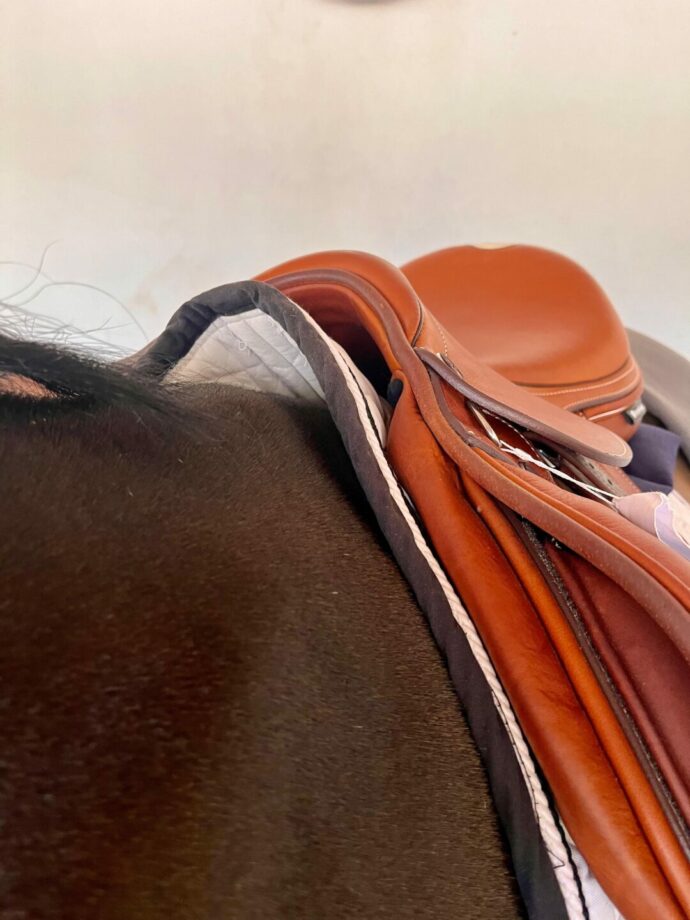
Valentina Sozzi – Ph Made to Fit
© Rights Reserved.





.png)
